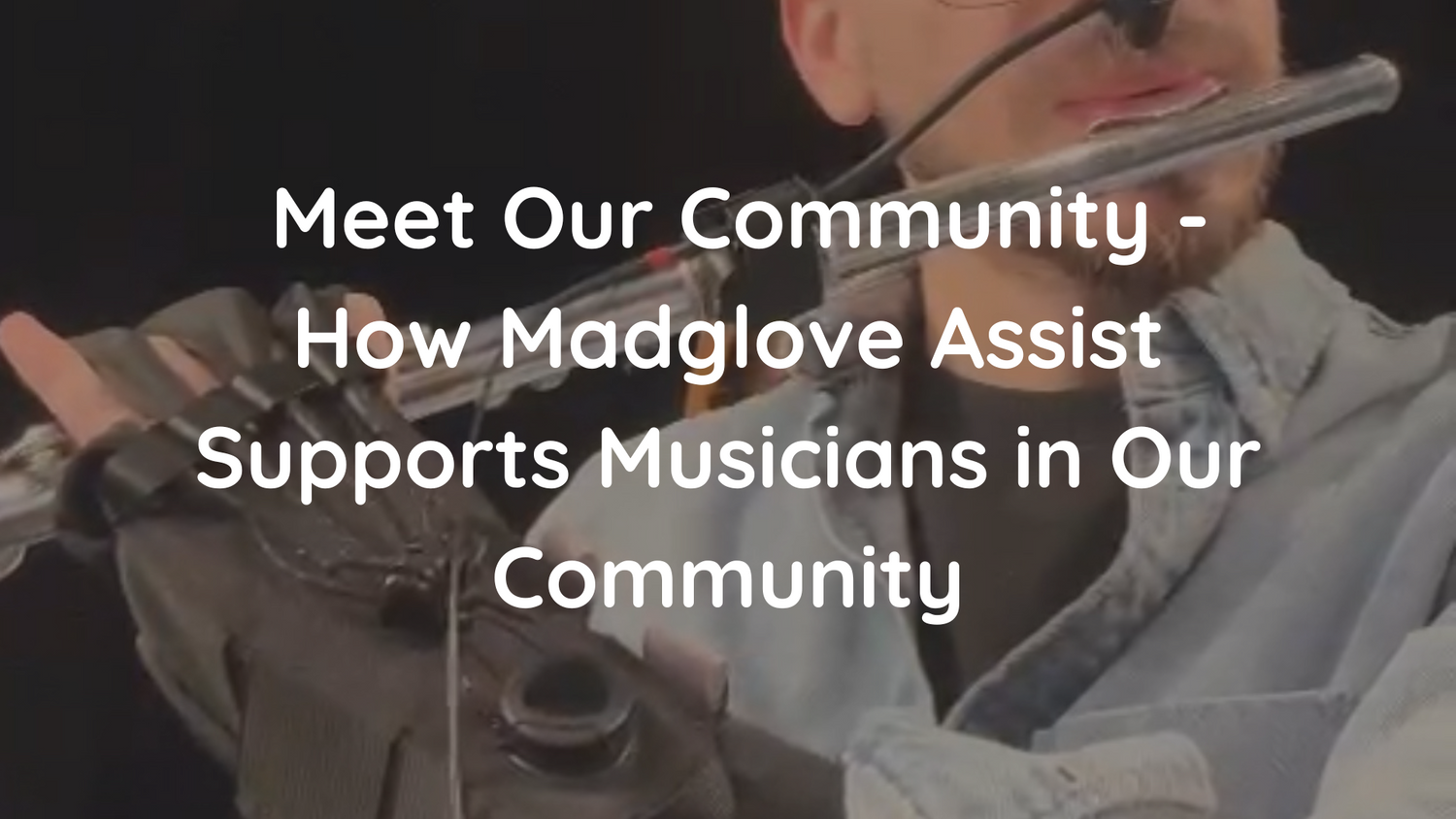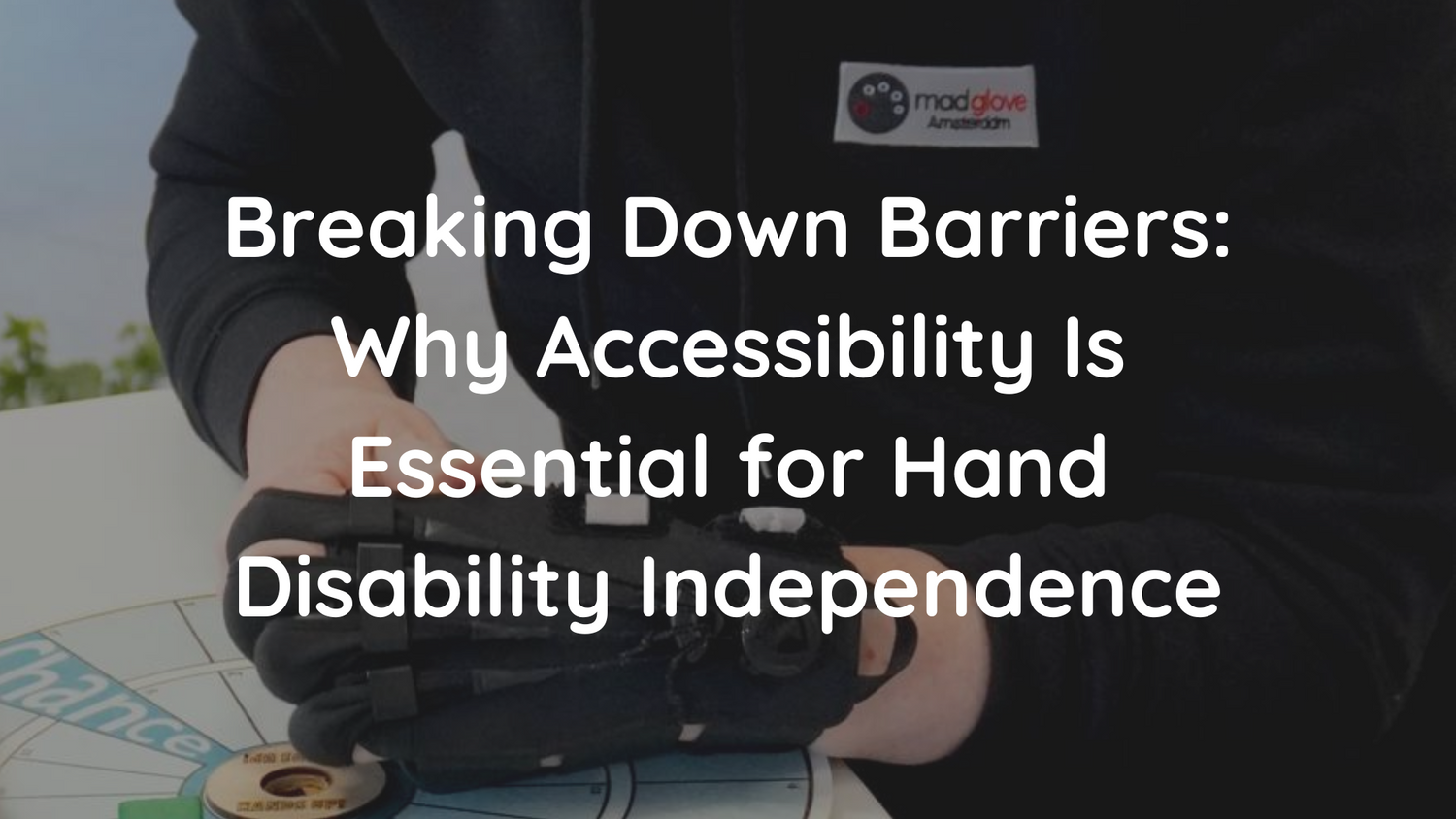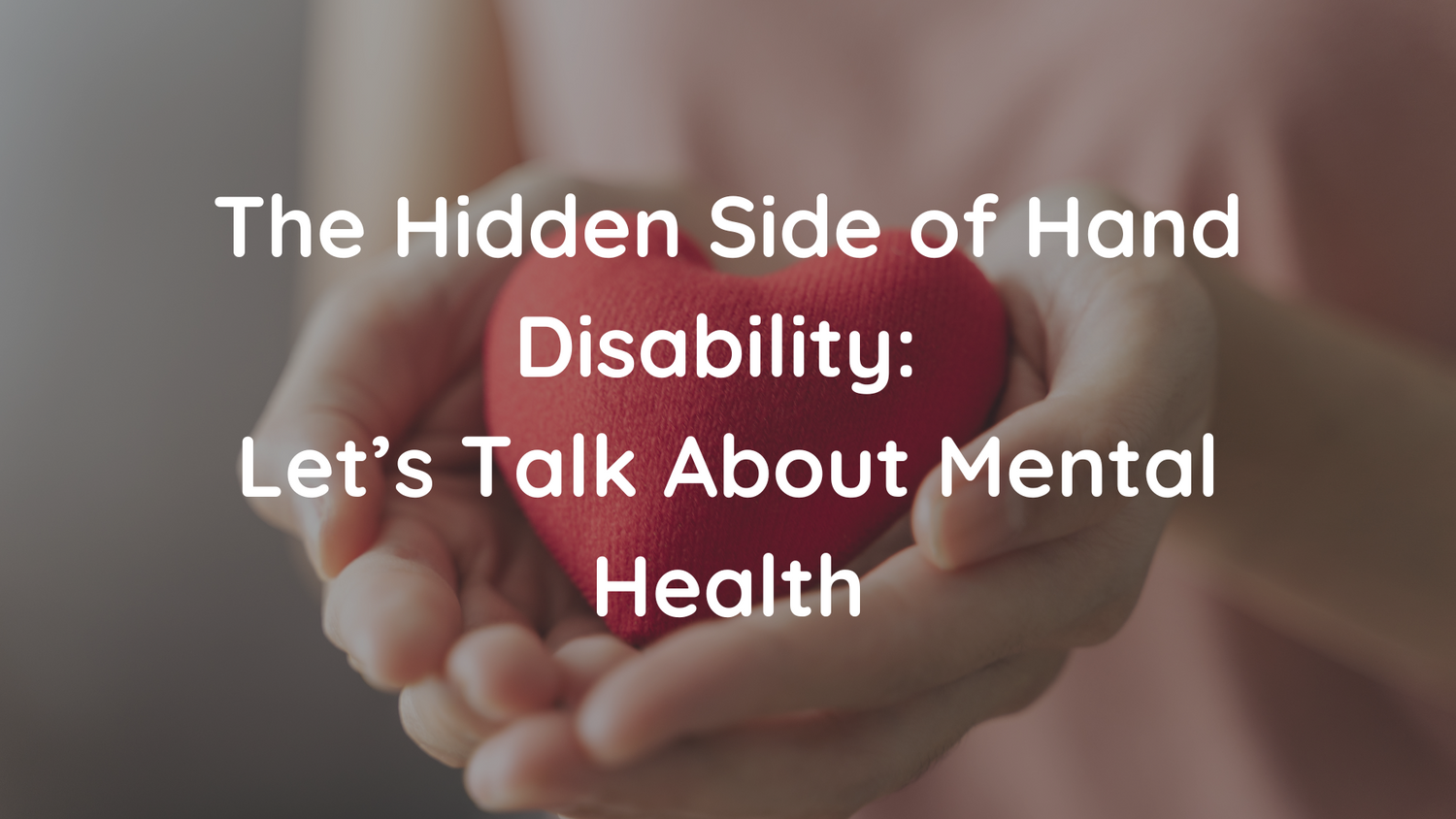Picture this: You're rushing to catch a morning train, juggling your coffee and phone while trying to swipe your transit card.
Your hands work seamlessly together - one steadying, one swiping, both responding instantly to your brain's commands.
The whole interaction takes maybe three seconds, and you don't think twice about it.
But for millions of people living with hand disabilities, this simple moment represents a complex challenge that most of our world simply wasn't designed to accommodate.
And what should be a routine interaction becomes a source of frustration and yet another reminder that accessibility wasn't part of the original plan.
The Scale of the Problem: Millions Affected by Hand and Arm Disabilities
This challenge is far broader than many realize. About 42.5 million Americans live with disabilities, making up 13% of the population. Within this community, hand and arm problems from injury can limit participation in social, family, and work activities. In turn it creates challenges that impact every aspect of daily life.
For too many people, the world remains a place designed for a narrow definition of "normal" hand function, leaving others to adapt, struggle, or simply go without.
Fundamental Design Principle: Accessibility
This is where understanding the true importance of accessibility becomes crucial.
Not as an afterthought or checkbox, but as a fundamental design principle that recognizes human diversity as the norm, not the exception.
When we talk about hand disability accessibility, we're discussing the difference between independence and dependence, between participation and exclusion, between dignity and frustration in hundreds of daily interactions that most people never have to consider. But we want to change it.

The Functional Impact of Hand Disabilities on Daily Life
Let's be honest. The functional impact of hand disabilities goes far beyond what most people imagine.
Daily activities using your hands and arms include household and work tasks, hobbies, lifting groceries, washing your hair, pushing up on your hands - things so basic that their difficulty can change entire lifestyles.
When you can't easily grip, pinch, or manipulate objects with the same precision and strength, every door handle becomes a potential barrier, every smartphone interaction a test of patience, every workplace tool a reminder of exclusion.
The Physical and Psychological Toll of Limited Hand Function
Research shows that for people with arthritis in the hands, many of our daily activities that we frequently take for granted are challenging, often due to pain and weakness.
But the challenges go beyond physical limitations. The psychological impact of repeatedly encountering inaccessible design can be profound, leading people to avoid social situations, limit their professional aspirations.
True accessibility in hand disability support is about recognizing that human hands come in countless variations of strength, dexterity, and function, and designing accordingly.

How Madglove Assist Bridges the Gap Between Daily Struggles and Daily Wins
This is where solutions like Madglove Assist step in. Not as medical devices that complicates daily life, but as tools that supports the natural hand movements in everyday tasks. Because the philosophy behind effective accessibility tools focuses on seamless integration rather than obvious accommodation.
User-Centered Design Principles in Hand Mobility Solutions
The design principles that matter most in hand disability accessibility center on user control and support. Good hand support tools and aids help with both big movements and detailed hand work, making hand movement easier without drawing unwanted attention to the help you're getting. The best accessibility solutions work invisibly and seamlessly, allowing users to engage with their world on their own terms rather than constantly navigating around barriers that shouldn't exist in the first place.
The importance of Co-Creation with Patients and End Users
Modern accessibility research emphasizes the importance of asking people directly about their experiences - having patients rate difficulty and problems in daily activities.
This recognizes that living with hand disability is different for each person. What feels impossible for one person might be merely inconvenient for another, and effective accessibility solutions need to accommodate this spectrum of need and ability.
Why Collaboration Matters in Assistive Technology Development
The development of truly effective accessibility tools requires deep collaboration with the communities they serve.
Every detail matters - from the weight and texture of materials to the visual design that either announces "medical device" or blends seamlessly into daily life. The goal isn't just functional support but emotional comfort, allowing users to move through their day with confidence rather than constant awareness of their tools.

Who Can Benefit from Hand Disability Accessibility Tools
Hand disability accessibility tools are ideal for anyone dealing with conditions that affect grip strength, fine motor control, or hand stability - from arthritis and carpal tunnel syndrome to stroke recovery and neurological conditions.
They're equally valuable for professionals who need reliable hand function throughout long workdays, athletes recovering from injuries, or anyone who simply wants the confidence that comes with knowing their tools will work when they need them.
The beauty of well-designed accessibility lies in its universal benefit. Solutions that help people with disabilities often make life easier for everyone.
Accessibility as a Path towards Independence
The reality is that accessibility isn't just about compliance or accommodation. It's about recognizing that independence and dignity are fundamental human needs that shouldn't depend on having "typical" hand function.
Every time we create a more accessible world, we're not just helping people adapt to existing systems; we're building systems that work better for human diversity.
In those small moments throughout each day - opening doors, using devices, completing tasks - accessibility means the difference between struggling against the world and moving through it with confidence.
The movement Towards More Accessible Life for All
The choices we make about accessibility today shape the world we'll live in tomorrow. Whether we're designing products, spaces, or systems, we have the power to break down barriers.
For the millions of people living with hand disabilities, these aren't abstract design decisions - they're daily realities that determine whether each day feels full of possibility or is filled with obstacles.
Ready to experience the difference that thoughtful accessibility makes?
Learn more about how Madglove Assist integrates seamlessly into daily life Contact our team for personalized accessibility guidance and discover its possibilities today!






